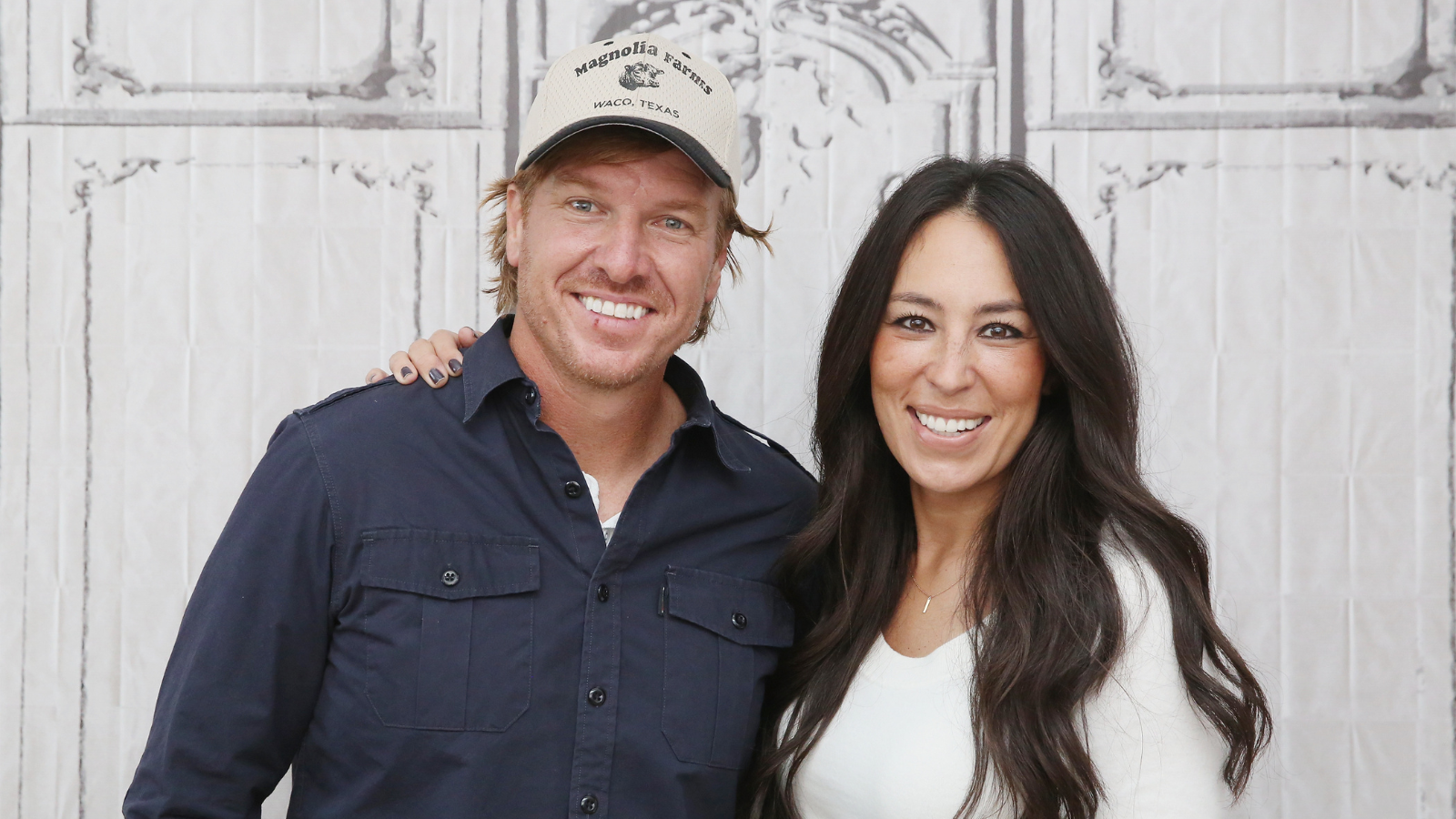
In any kitchen, there is one ingredient that will maximize space and make it look beautiful – good storage and shelving. Joanna Gaines' Gristmill kitchen, used to film her successful TV show, Magnolia Table, is no different.
Not everything needs to be hidden away when it comes to kitchen storage, as beautifully demonstrated below. In fact, decorative solutions can make a huge difference to the look and feel of your kitchen.
Bespoke countertop-to-ceiling shelves work particularly well in a kitchen, where there may be a fair amount of closed cabinetry taking up space along the walls. They add an element of interest that draws the eye, all while helping to keep kitchen countertops clear.
For a stylized look, employ the 'bookshelf wealth' trend by stacking collections of your favorite recipe books, crockery and small pieces of art. Currently, taking social media by storm, the latest interior design trend for 'bookshelf wealth,' embraces eclectic displays of books, favorite objects, or plants, all showcased in an 'undone' manner. But Joanna Gaines' kitchen shelving is more than just a stylish display, it serves a practical purpose, too.
If it’s easy to find ingredients and equipment, cooking will be more enjoyable, while good storage can make the room feel less cluttered and more spacious.
‘It is important to strike a balance between functionality and style,’ says interior designer Irene Gunter, founder of Gunter & Co. ‘For example, incorporating open shelves for displaying objects and cookbooks can provide storage as well as create a visually appealing space.’
Using open shelving, similar to this one, is a beautiful way to introduce delightful decorative moments of interest. Be they decorated with ceramics, vintage glassware, plants, or recipe books, shelves can be used to add individual style to a kitchen, as Mike Fetherston, design director of Hetherington Newman, explains.
‘As kitchens are increasingly central to the home and where families come together for meals and to socialize, areas for display are important to personalize the space and add interest, giving a more relaxed and welcoming feel.’
Architect Ben Allen of Studio Ben Allen emphasizes the practical function of shelving above the countertop in kitchen design.
‘We love providing space to display all things cooking and food-related, so we often design open shelves,’ he says. ‘On the lowest shelf, there will be space for items that are used every day – salt and pepper, oil and vinegar, perhaps an open bottle of wine and pots of herbs.’
You might want to add a rail for hanging tea towels, cooking implements, small pans or strings of onions and garlic. Higher shelves can be used for attractive cups, teapots and china, and variations in height and depth can bring playful touches to the design.
When designing a kitchen, start with an audit of kitchenware. ‘Working out which items you use every day and those that are for special occasions will help determine how much and what type of storage you need,’ says Dave Young, founder, Husk.
Cull any redundant items. If you’re not lacking worktop space, Dave also recommends making room for a row of floor-to-ceiling built-in kitchen cabinets. ‘They use the dead space below the ceiling and are large enough to conceal all your gadgets, where they can be plugged in, easy to access and ready to use.’







